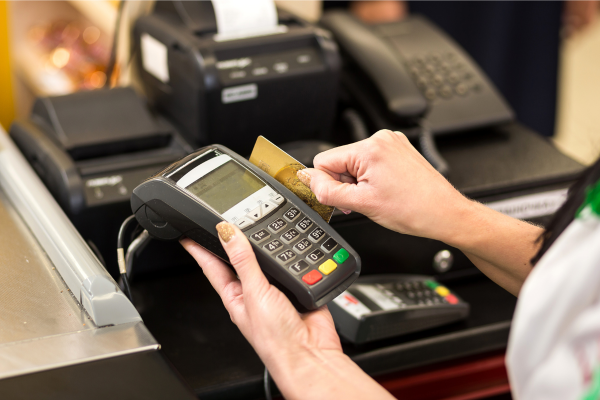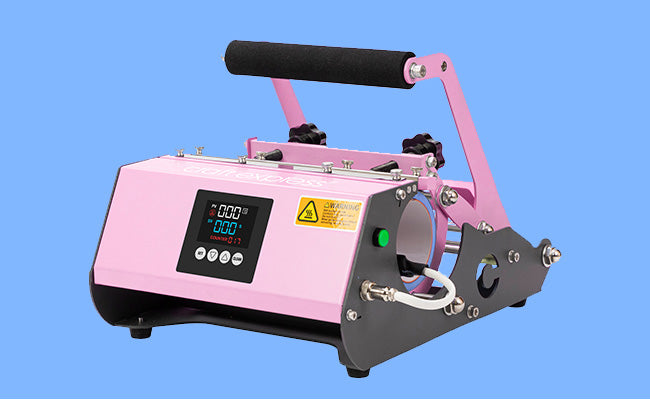
Pricing for Profit: How to Set the Right Prices for Your Handmade Products
One of the biggest challenges for craft business owners is pricing products correctly. Many creators undercharge out of fear that customers won’t pay higher prices. However, pricing too low can lead to burnout, undervalue your work, and make it impossible to grow your business.
This guide breaks down the key strategies for setting profitable prices, including how to calculate costs, avoid common pricing mistakes, and increase perceived value to charge what your products are truly worth.
Why Proper Pricing Matters
Many small business owners hesitate to charge higher prices because they worry about losing sales. However, pricing too low can lead to several problems:
-
Burnout – Selling products at a low price forces you to work harder for little to no profit.
-
Devaluing Your Work – Customers associate price with quality. If something is priced too low, they may assume it’s not worth much.
-
Lack of Growth – Without profit, it’s difficult to reinvest in better equipment, marketing, or new products.
The reality is that customers will pay more for handcrafted, high-quality, and unique products. Pricing should reflect the time, effort, and expertise required to make each item.
Step 1: Calculate Your Costs
Before setting a price, it’s important to understand how much each product actually costs to produce.
Material Costs
List every material used to create your product, including:
-
Blanks (mugs, tumblers, shirts, etc.)
-
Ink, vinyl, or engraving supplies
-
Packaging (boxes, tissue paper, stickers, thank-you cards)
-
Shipping costs (if included in the price)
Example: Sublimated 20oz Tumbler
-
Blank tumbler: $5.00
-
Sublimation ink & paper: $1.50
-
Heat tape & shrink wrap: $0.50
-
Packaging (box, tissue, sticker): $2.00
-
Total Material Cost: $9.00
Labor Costs
Your time is valuable, and you should be paid for it.
-
Determine an hourly rate (e.g., $25 per hour).
-
Calculate how long it takes to make one item.
-
If a tumbler takes 30 minutes to complete, the labor cost would be $12.50 ($25/hour ÷ 2).
Overhead Costs
These are business expenses that don’t apply to one specific product but still need to be covered in pricing:
-
Rent and utilities (if working from home, a portion counts)
-
Business software (Etsy fees, website hosting, design programs)
-
Marketing (ads, product photography, social media promotions)
-
Licensing and business permits
To calculate overhead per item, divide total monthly overhead by the number of products sold each month.
Ignoring overhead costs is a common mistake that can leave a business struggling to stay profitable.
Step 2: Use a Pricing Formula
Once all costs are calculated, use this formula to ensure a profitable price:
(Materials + Labor + Overhead) × 2 = Wholesale Price
Wholesale Price × 2 (or 2.5) = Retail Price
Example: Pricing a Sublimated 20oz Tumbler
-
Materials: $9.00
-
Labor: $12.50
-
Overhead per item: $3.50
-
Total Cost: $25.00
Wholesale Price: $25 × 2 = $50.00
Retail Price: $50 × 2 = $100.00
While $100 may seem high, large retailers mark up products four to five times their cost. Handmade businesses should aim for at least a 2X markup to remain profitable.
If a price feels too high for your market, consider increasing perceived value instead of lowering prices.
Common Pricing Mistakes to Avoid
1. Pricing Based on Competitors
Just because another business sells a similar product for less doesn’t mean they’re making a profit. Many crafters underprice their work, so basing pricing on competitors can lead to losses. Instead, focus on your own costs and value.
2. Not Paying Yourself
Running a business without paying yourself is unsustainable. Even if the business is new, pricing should include fair compensation for your time.
3. Fear of Charging Too Much
Customers expect to pay more for handmade and custom products. Instead of lowering prices, increase perceived value through high-quality branding, premium packaging, and exclusive designs.
Step 3: How to Charge More and Still Get Sales
If you want to raise prices without scaring customers away, consider these strategies:
1. Sell in Bundles
Instead of selling a single item, offer themed sets.
-
Example: Instead of a single mug for $25, sell a “Mom Gift Set” with a matching mug, coaster, and tote bag for $60.
2. Offer Limited-Edition Designs
Creating seasonal or custom designs increases demand and justifies higher prices. Limited availability can make a product more desirable.
3. Improve Branding and Packaging
People are willing to pay more for products that feel premium.
-
Invest in professional product photography.
-
Use high-quality packaging with custom tissue paper, stickers, and thank-you cards.
-
Create a polished and cohesive brand that conveys quality and craftsmanship.
4. Share the Story Behind the Product
Customers love knowing the effort and craftsmanship behind handmade products.
-
Show behind-the-scenes footage of the creation process.
-
Share your inspiration and techniques on social media.
-
Highlight why handmade products are superior to mass-produced alternatives.
By telling a compelling story, customers will understand why your products are priced higher and feel more connected to your brand.
Final Steps to Ensure Profitable Pricing
-
Calculate all costs – Include materials, labor, and overhead.
-
Use the pricing formula – Ensure you’re making a profit on every sale.
-
Avoid common pricing mistakes – Stop comparing yourself to competitors and undervaluing your work.
-
Raise perceived value – Improve branding, packaging, and product presentation.
Pricing correctly allows your business to grow, pay for better equipment, and support your income. If you’re unsure about your pricing, review your numbers and make adjustments to ensure you’re running a profitable business.




1 comment
Shaffer off
John Jones
Leave a comment
This site is protected by hCaptcha and the hCaptcha Privacy Policy and Terms of Service apply.